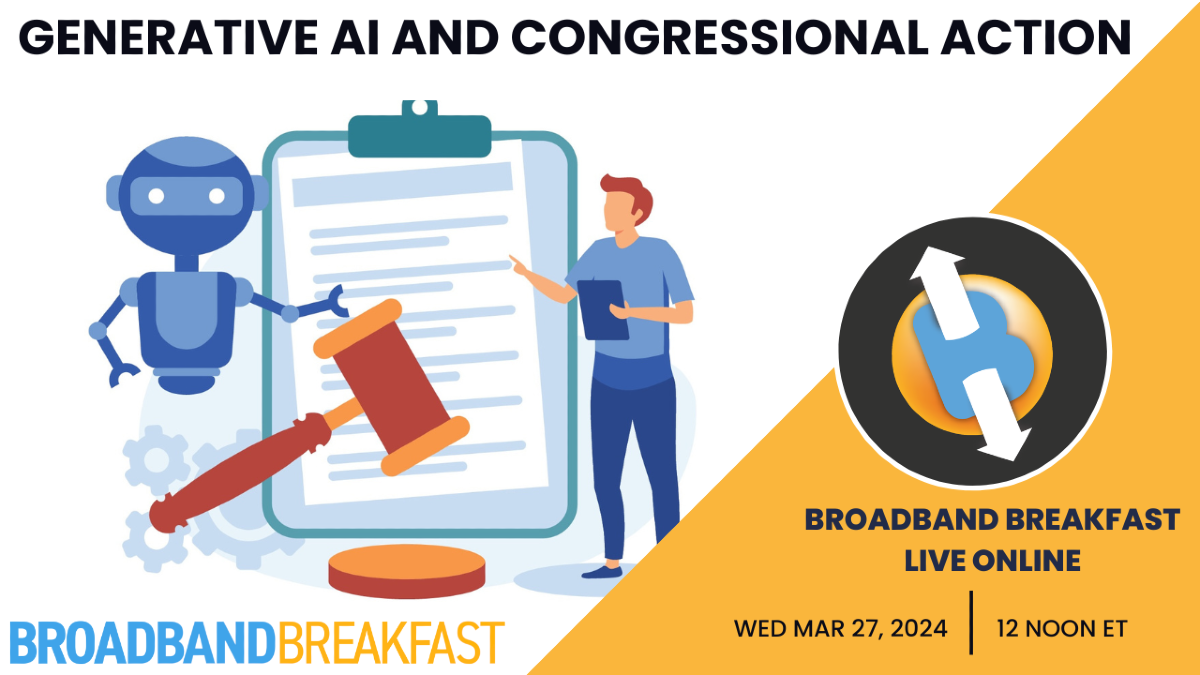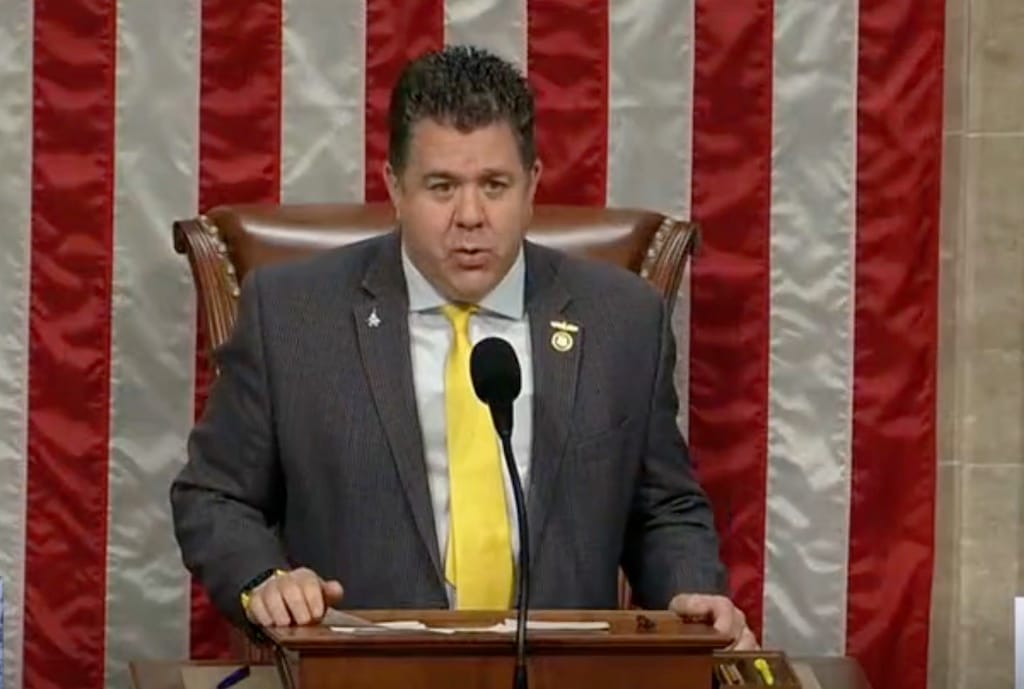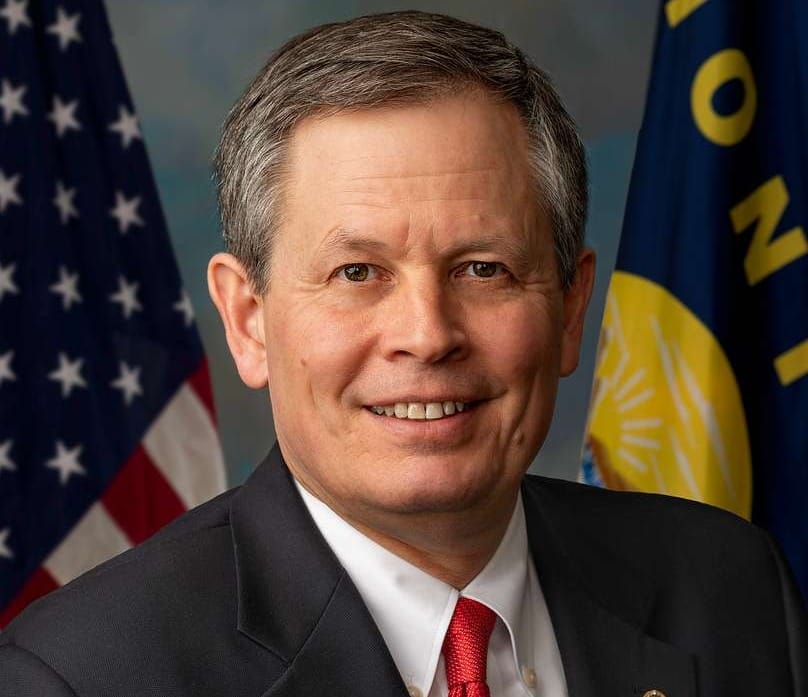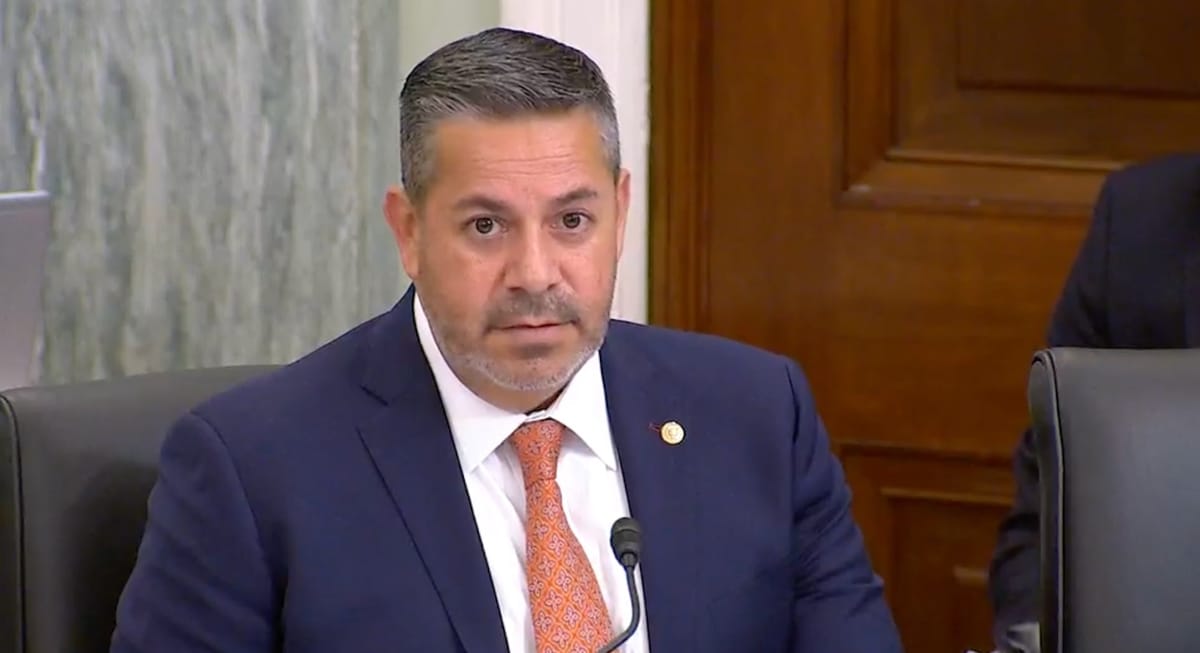Planting Crops, and Weeding Regulations, with AI and Agriculture
It's a time of changing seasons in Washington, and in Rural America.

WASHINGTON, March 25, 2024 – It’s that time of when when crops get planted into the ground, government policies on artificial intelligence come rising up out of the ground.
Meanwhile, Congress has finally put its multi-month government-shutdown nightmare behind. The legislative branch left many larges holes unfilled. They turned back entreaties to renew funding for Affordable Connectivity Program. And they put the legitimacy of the government’s “Rip and Replace” program into doubt.
How will rural telecom providers be able to “rip out” Chinese-manufactured equipment for telecommunications products not deemed a threat to national security without funding to do so?
In other words, seasons are changing.
Let’s consider precision agriculture for a moment. The term goes back to at least the 1990s, with the merging of GPS equipment with sensors and data analytics.
Now, with funding from the 2018 Farm Bill - and significant broadband funding opportunities through the bipartisan infrastructure law of 2021 – there is renewed attention on get to crops in the ground exactly where they need to be. The Federal Communications Commission and the Agriculture Department are both keenly involved.
And, at Broadband Breakfast Live Online, we’ll consider this topic for the first time in our free Wednesday event on April 3.

But what about regulating artificial intelligence? Or, more particularly, should the government start going after large language models, birthed by generative AI, that have been sprouting like weeds in the last 18 months?
As generative AI capabilities are quickly woven into the fabric of daily life and business practices, Washington can’t resist standing aside. Perhaps most notable is President Biden's Executive Order from October 30, 2023. It grants significant governmental responsibilities to another government agency, the National Telecommunications and Information Administration.
Speaking last Thursday at the Center for Strategic and International Studies think tank, Alan Davidson touted AI, but tamped down on enthusiasm about it. Responsible AI, he said, “is going to transform every corner of our economy, from advances in medicine to precision agriculture.” But it raises “serious risks,” he said.
And the “homework assignment” given to NTIA by Biden’s Executive Order is coming due. Wednesday is the final day for comment on “Dual Use Foundation Artificial Intelligence Models with Widely Available Model Weights.”

Weighing the benefits and risks of dual use foundation models with widely available model weights. These “open-weight models” – advanced AI models with key parameters made openly available – raise serious policy questions.
This, too, will be the subject of Broadband Breakfast Live Online on Wednesday, March 27 – the very day that comments ot the NTIA are due.

What Congress left undone
Broadband Breakfast has been keeping close tabs on what Congress has been doing – or not doing – with regard to the ACP and "Rip and Replace."
Most fundamentally, they passed a "minibus" spending package for FY2024 that leaves out these two programs, in spite of entreaties to do otherwise.

In response, earlier on Monday, Sen. Steve Daines, R-Montana, introduced a $3 billion program to fund "Rip and Replace."

Daines said he had hoped the ‘Rip-and-Replace’ reimbursement funding would be included in the FY2024 minibus spending bill passed Friday. (Incidentally, for a comprehensive primer on the "Rip and Replace" policy and law, join the Broadband Breakfast Club and read our Exclusive Report on the topic.)

Needless to say, the fight will continue into FY 2025, the current fiscal year. He's a look at the administration's funding priorities:

Spectum is back
And who could forget the vital national security role of radio-frequency spectrum? Actually, Congress could. It's now weeks passed the one-year date on which the FCC's auction authority expired.
At least bills have finally been introduced to restore said authority. On Thursday, Republican and Democratic senators highlighted differing views on the topic:

While there is broad agreement that the agency’s legal authority to auction and license radio frequencies to commercial users should be renewed, Democrats wanted to link reauthorization to funding the ACP, while Republicans said that the bill they introduced last week to restore auction authority would do so without mandating either spending on the ACP or funding "Rip and Replace."
The week ahead
In addition to Broadband Breakfast Live Online every Wednesday at 12 Noon ET, you won't want to miss a special webinar taking place on Tuesday, March 26, at 2 p.m., "Fiber and Wireless Solutions for 'Always On' Deployment Strategies."

The digital infrastructure is evolving at exponential rates and the demand for smarter systems and a more connected world is imperative to the progression of our communities. Deploying a broadband strategy isn’t straight forward and requires flexibility, creativity, and the ability to pivot quickly. Join the Wesco experts as they dive into the wireless and fiber solutions driving innovation, enabling 24/7 connectivity and IoT, and fortifying communities for tomorrow.
Panelists:
Chris Bailey, Director, Strategic Accounts
Carla Shaffer, Vice President, Wireless
Drew Clark (moderator), Editor and Publisher, Broadband Breakfast
About Wesco:
Wesco helps you navigate designing, building and deploying broadband networks. We deliver end-to-end Supply Chain Solutions with customizable distribution and logistical services. By bridging supplier relationships to simplify processes and streamline procurement, we bring best-in-class products together for increased performance, security and efficiency throughout your network infrastructure. With decades of experience and expertise in all facets of broadband, we help you navigate complexities and ensure efficient infrastructure builds to support the connectivity needs of today and tomorrow.
Have a great week!
Drew Clark
Broadband Breakfast
drew@breakfast.media











